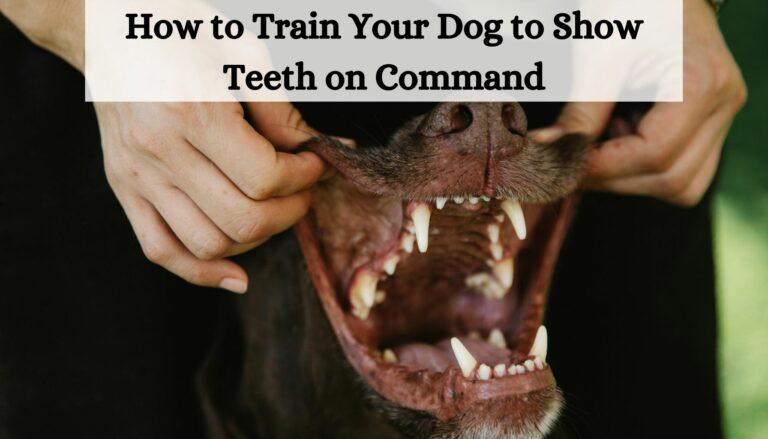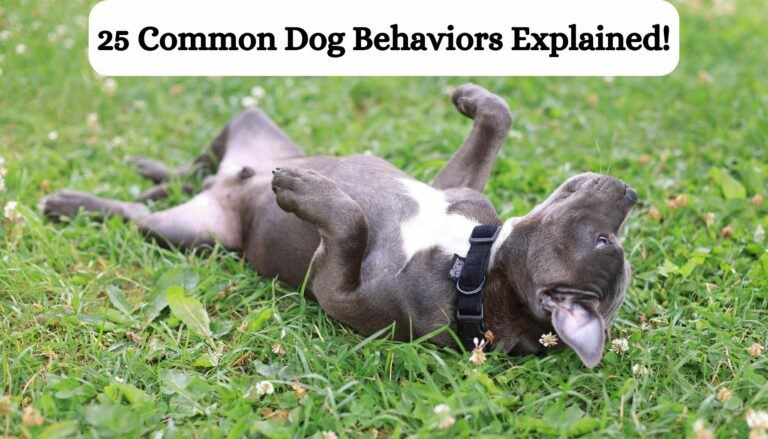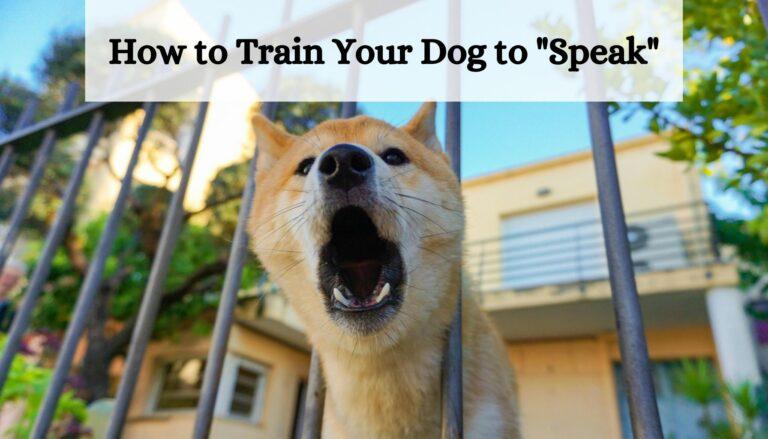Dealing with a hyperactive dog can be challenging but rewarding. These energetic pups often require more attention and specialized training to harness their energy positively. This guide will provide practical steps and techniques to help you train a hyperactive dog, ensuring they remain healthy, happy, and well-behaved.

Understanding Hyperactivity in Dogs
What Causes Hyperactivity? Hyperactivity in dogs can be attributed to several factors, including genetics, lack of exercise, and insufficient mental stimulation. Some breeds are naturally more energetic and require more physical activity and mental engagement.
Strategies for Training Hyperactive Dogs
1. Regular, Intensive Exercise: Ensuring your dog gets enough physical exercise is crucial. Hyperactive dogs often benefit from longer and more intense exercise sessions. Consider activities that burn more energy, such as running, playing fetch, or agility training. These not only tire them out physically but also provide necessary mental stimulation.
2. Consistent Training Sessions: Short, consistent training sessions throughout the day can help manage hyperactivity. Focus on basic commands like sit, stay, and come. Use positive reinforcement techniques such as treats, praise, and play to reward calm behavior. Consistency is key—regular training helps hyperactive dogs learn how to behave appropriately.
3. Mental Stimulation: Mental exercise can be as tiring as physical activity. Use puzzle toys, learning tricks, and obedience games to challenge your dog’s mind. This not only helps burn energy but also strengthens your bond with your dog and keeps them interested in learning.
4. Establish a Routine: Hyperactive dogs often benefit from a structured daily routine. Regular meal times, exercise, training, and sleep can help manage their energy levels more predictably. A consistent schedule provides security and structure, reducing anxiety and excess energy.
5. Socialization and Play: Interacting with other dogs can provide excellent physical and mental exercise for a hyperactive dog. Regular playdates or visits to a dog park let them socialize and expend energy in a controlled environment. Ensure your dog is well-socialized and can interact safely with other dogs and people.
6. Professional Training Classes: Sometimes, professional help may be necessary, especially if your dog’s hyperactivity seems unmanageable. A professional dog trainer can offer more personalized training techniques and strategies tailored specifically to your dog’s needs.
Additional Tips for Success
- Be Patient and Positive: Training a hyperactive dog requires patience. Celebrate small victories and remain positive, focusing on gradual improvements.
- Avoid Overstimulation: While it’s important to keep hyperactive dogs busy, overstimulation can lead to issues. Find a balance that allows your dog to expend energy without becoming overly tired or stressed.
- Health Check: Regular veterinary visits can ensure there are no underlying health issues contributing to your dog’s hyperactivity, such as thyroid problems or other medical conditions.
Conclusion
Training a hyperactive dog involves a blend of physical exercise, mental stimulation, and consistent, positive reinforcement training. By understanding your dog’s needs and applying structured, engaging training techniques, you can channel their energy into positive behaviors. With patience and the right strategies, your hyperactive dog can become a well-behaved and cherished companion.






